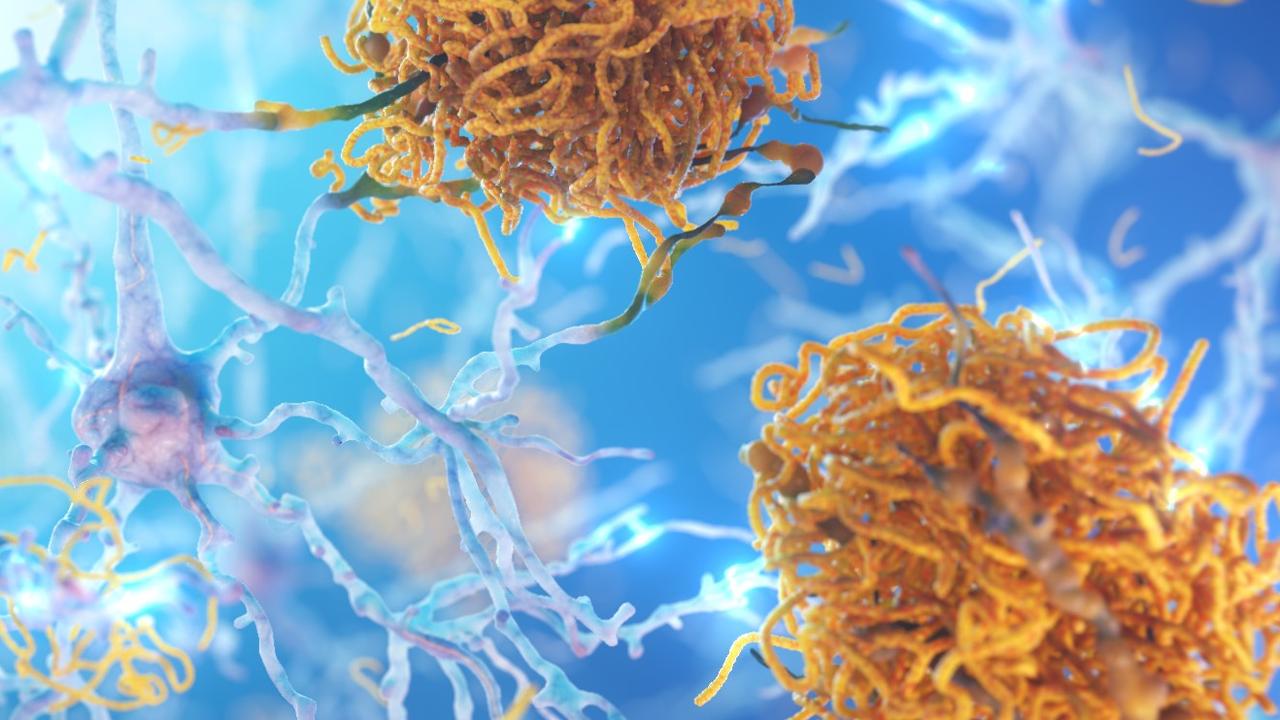Australian scientist discovers genetic mutation and syndrome that can send whole families blind
An Australian scientist has discovered a genetic mutation causing a previously unknown syndrome that can slowly send whole families blind.
An Australian scientist has uncovered a previously unknown condition of a gene mutation that can cause blindness in entire families.
Professor Robyn Jamieson, head of the Eye Genetics Unit at the Children’s Medical Research Institute at Westmead in Sydney, made the groundbreaking discovery on the back of four years of work.
It began when Sydney mum Beth White began seeing Professor Jamieson for her retinal disease in 2004.
The researcher later discovered that Ms White’s three young children were also showing signs of vision loss.
All four experienced a range of bizarre but seemingly unrelated symptoms, from fever and recurrent headaches to abnormally large spleens.
“We suspected there was a novel gene involved because of the unusual features,” Professor Jamieson said.
“We worked with researchers from around the world and found the same condition in other families, who also had this unusual connection of symptoms and issues in the optic nerve.
“We then discovered the same genetic variant was causing eye disease in four other families.”
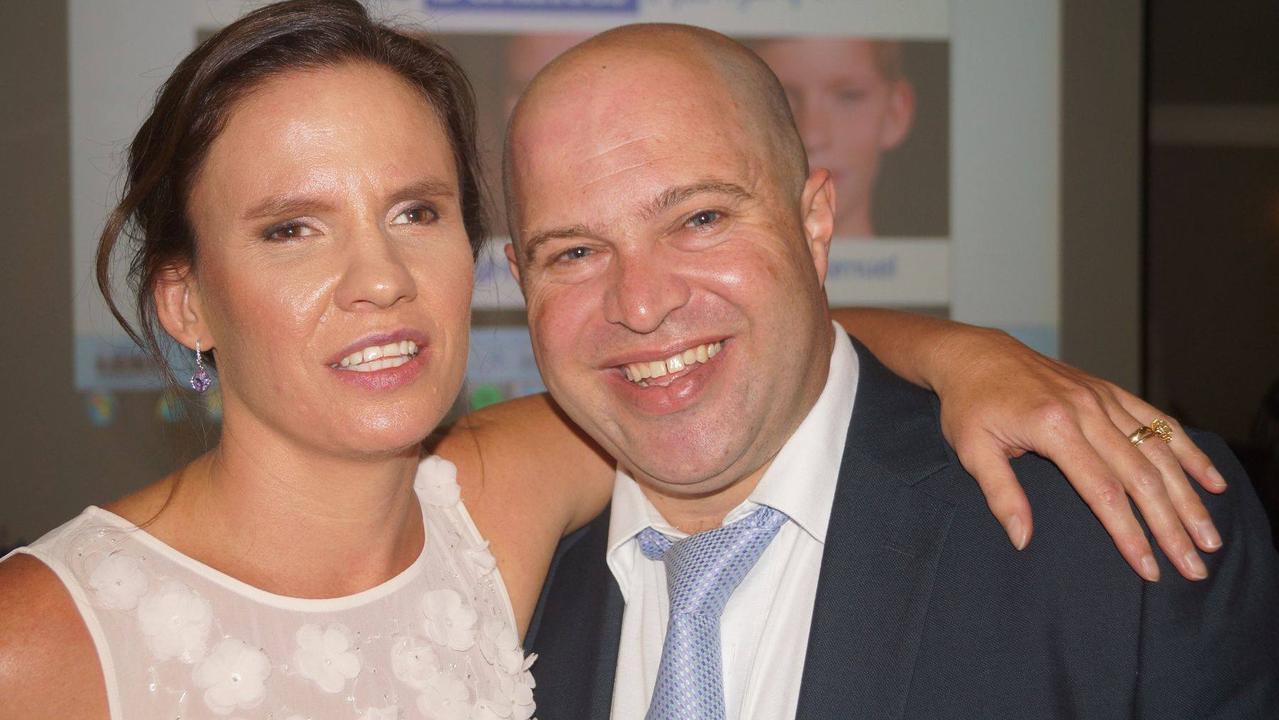
The variant was discovered in the ALPK1 gene and the new condition has been named ROSAH Syndrome.
“Two families (from abroad) have multiple members effected and with the other two families, it’s arisen in one person in each so far.
“For their children, they will now be at 50-50 risk of having that condition.”
It appears that blindness is a “pretty significant part” of ROSAH Syndrome, Professor Jamieson said.
“All of the people we’ve identified have severe vision impairment. It starts off gradually in childhood and, with time, they do seem to get quite significantly vision impaired,” she said.
Ms White began experiencing vision loss as a teenager that worsened over time, and hopes the major discovery will lead the way to treatment and prevention.
“Living with a visual impairment, every day is hard work and I don’t want that for my kids,’’ Ms White said.
“Every parent wants to give their kids every opportunity for a better life, and I can’t imagine the impact. Even if we could stabilise their vision, if they could hold on to what they have now, it would be a miracle.”
RELATED STORY: Australian engineers have developed a device that can help the blind and vision impaired navigate the world
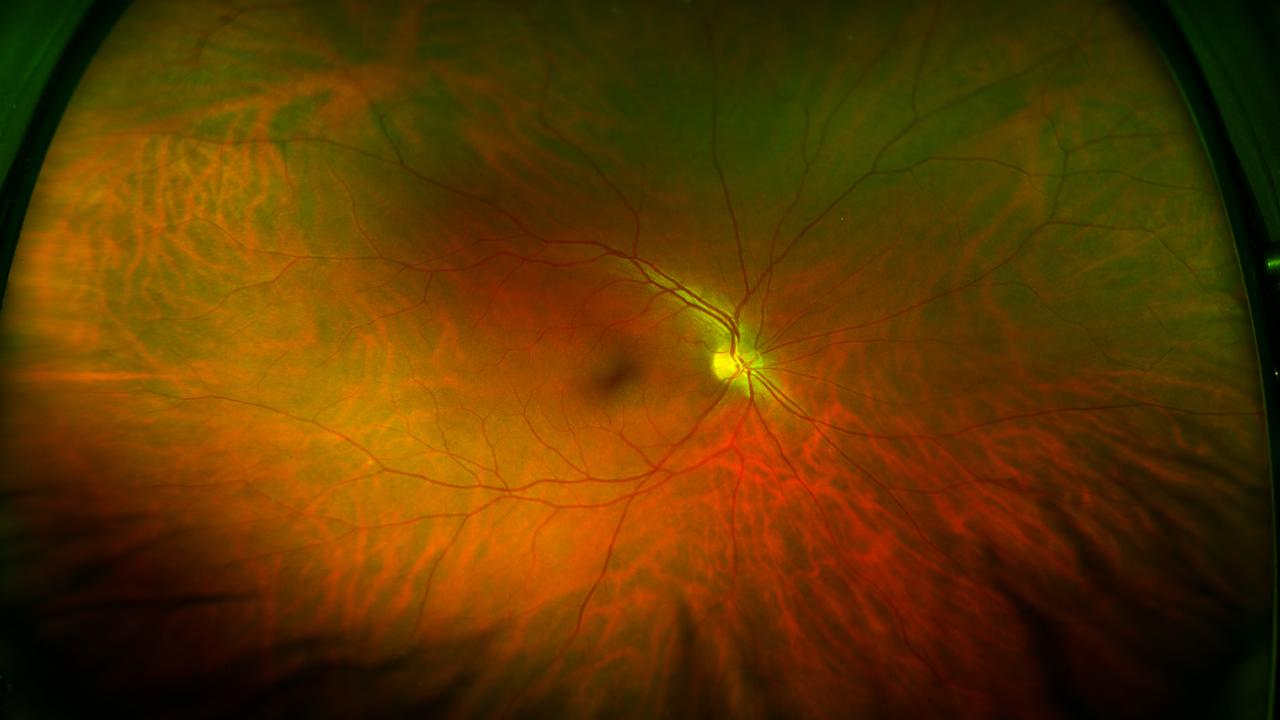
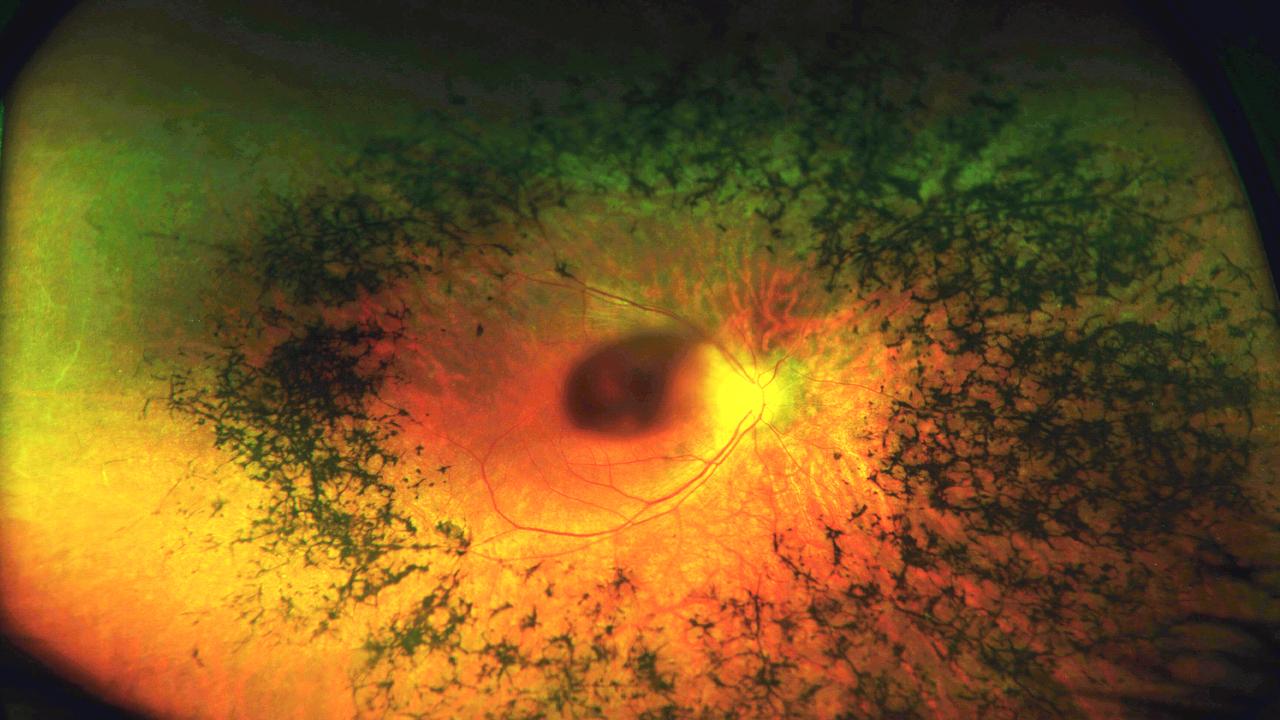
David White said he had watched his wife slowly lose her “vision, mobility and confidence” due to the condition.
“I’ve seen my wife go through that, and if I can avoid seeing my kids go through that, then I will,’’ Mr White said.
“It’s going to revolutionise the lives of so many people. We don’t have a lot of time, the longer it takes, the less vision they’ll have to save.’’
Professor Jamieson suspects other families could carry the genetic variant and have ROSAH Syndrome.
“I think it’s possibly more common than has been identified so far. It’s so unusual, the collection of symptoms, that I think it hasn’t been identified until, now.”
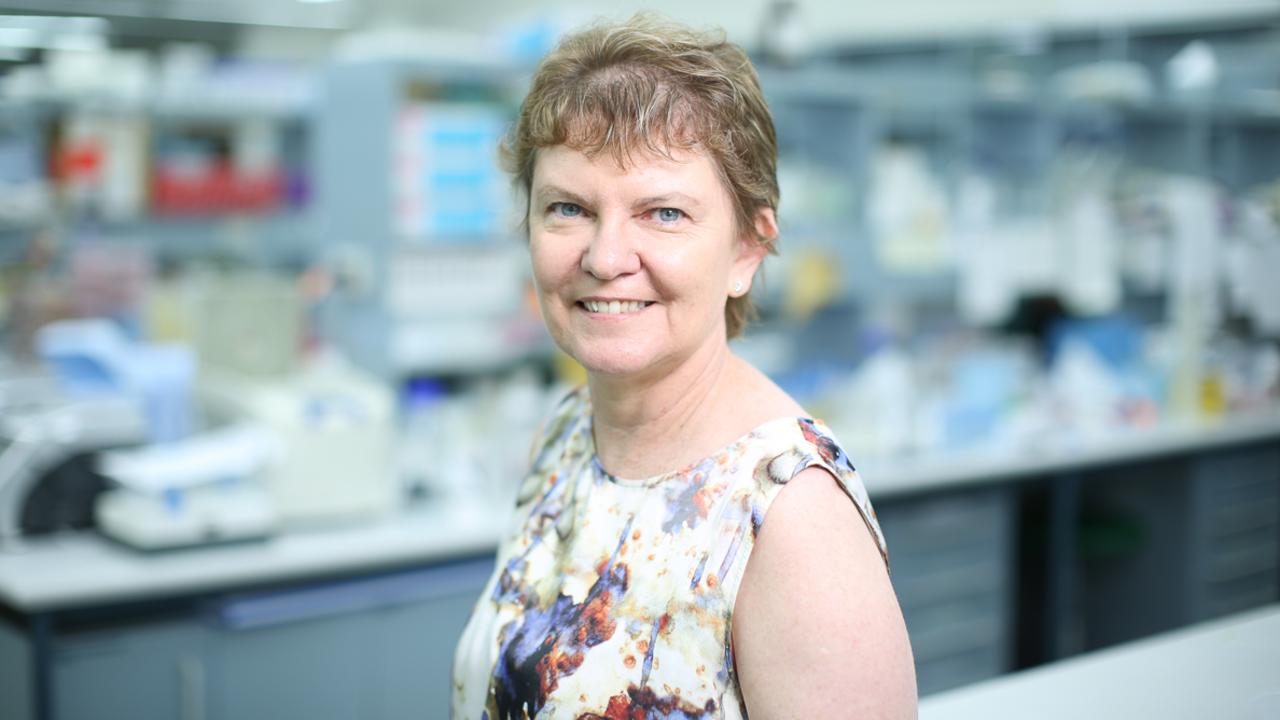
Those families identified as having ROSAH Syndrome had endured years of baffled doctors who could see no link between the symptoms, she said.
“Now the families and their doctors know it is a syndrome that other people have as well.
“It also means there is the prospect of developing a genetic or other therapy, as we are able to do more investigation of the function of the gene. This could present an opportunity to think about a potential treatment. And that’s really exciting. It certainly creates hope.’’
Professor Jamieson’s discovery has today been published in Genetics in Medicine — which is the journal of the American College of Medical Genetics and Genomics.
Continue the conversation shannon.molloy@news.com.au




